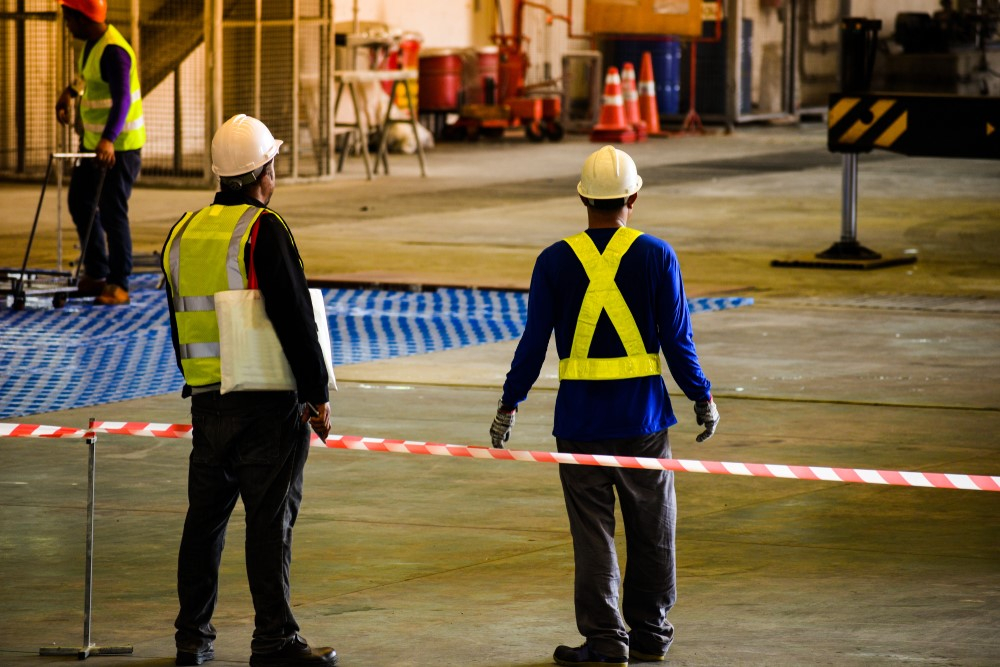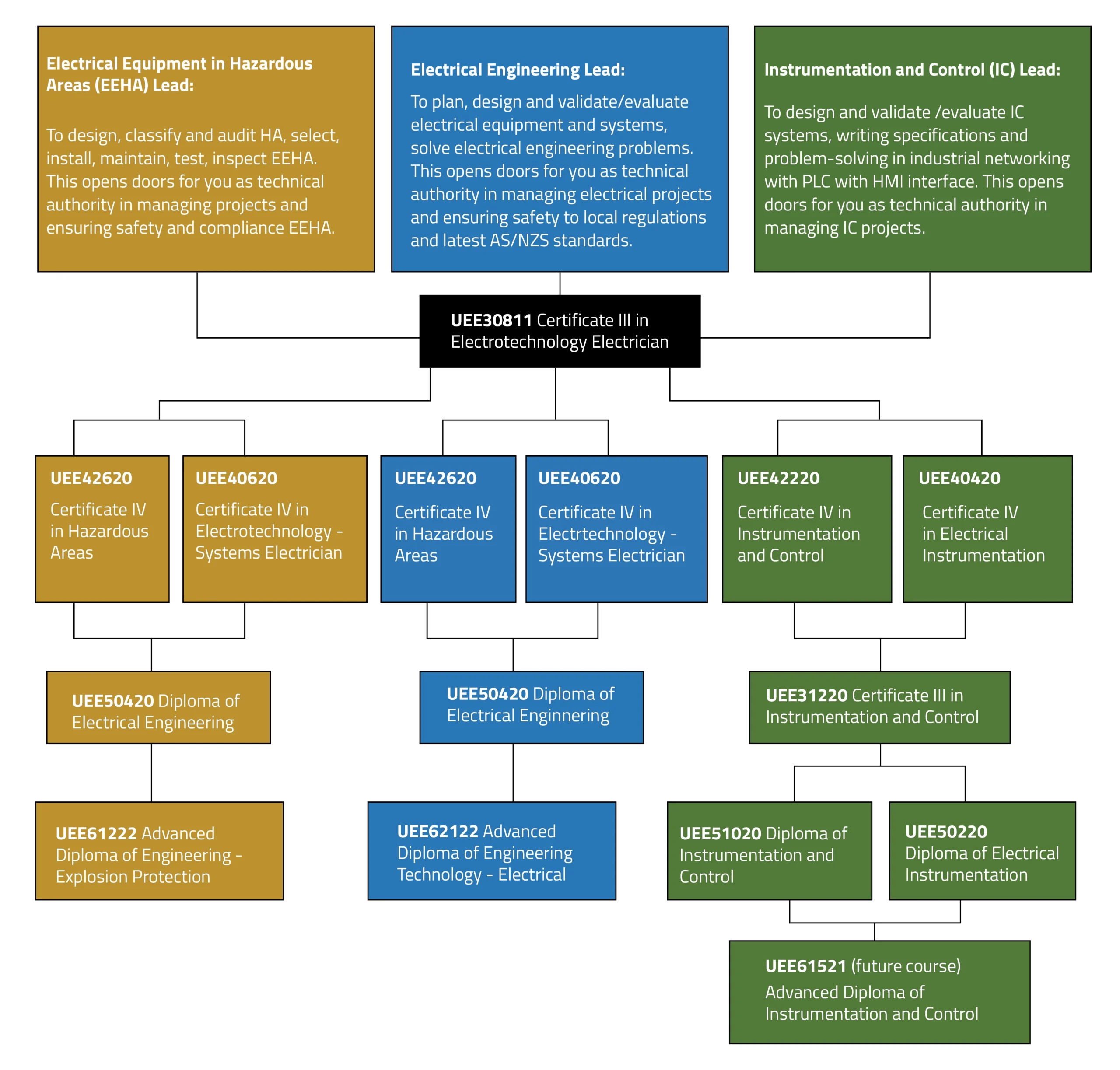What Does Roar Solutions Mean?
Wiki Article
The Definitive Guide to Roar Solutions
Table of ContentsRoar Solutions - QuestionsMore About Roar SolutionsHow Roar Solutions can Save You Time, Stress, and Money.
In order to secure installations from a potential surge a method of analysing and classifying a potentially dangerous area is required. The objective of this is to ensure the right option and installation of equipment to eventually protect against a surge and to ensure security of life.
(https://roar-solutions-48388330.hubspotpagebuilder.com/roar-solutions/master-hazardous-area-safety-with-eeha-certificate-training)
No tools needs to be mounted where the surface area temperature of the devices is higher than the ignition temperature of the offered risk. Below are some common dust unsafe and their minimal ignition temperature. Coal Dirt 380C 225C Polythene 420C (thaws) Methyl Cellulose 420C 320C Starch 460C 435C Flour 490C 340C Sugar 490C 460C Grain Dust 510C 300C Phenolic Resin 530C > 450C Aluminium 590C > 450C PVC 700C > 450C Soot 810C 570C The probability of the hazard being present in a focus high sufficient to create an ignition will certainly differ from location to location.
In order to categorize this danger a setup is separated into areas of risk relying on the quantity of time the hazardous is existing. These areas are referred to as Areas. For gases and vapours and dirts and fibers there are three zones. Area 0 Zone 20 A harmful environment is very likely to be existing and might exist for extended periods of time (> 1000 hours annually) or also continually Area 1 Zone 21 An unsafe atmosphere is possible but not likely to be existing for extended periods of time (> 10 450 C [842 F] A category of T6 suggests the minimal ignition temperature level is > 85 C [185 F] Unsafe location electric devices perhaps developed for use in higher ambient temperature levels. This would certainly suggested on the score plate e.g. EExe II C T3 Ta + 60C( This indicates at 60C ambient T3 will not be exceeded) T1 T1, T2, T3, T4, T5, T6 T2 T2, T3, T4, T5, T6 T3 T3, T4, T5, T6 T4 T4, T5, T6 T5 T5, T6 T6 T6 A T Course ranking of T1 indicates the maximum surface temperature created by the tool at 40 C is 450 C. Presuming the connected T Class and Temperature level ranking for the devices are suitable for the area, you can constantly make use of an instrument with a much more rigorous Department ranking than needed for the area. There isn't a clear solution to this question unfortunately. It really does rely on the type of equipment and what repairs require to be executed. Devices with particular examination procedures that can not be executed in the field in order to achieve/maintain 3rd celebration rating. Have to come back to the manufacturing facility if it is prior to the tools's service. Area Fixing By Authorised Worker: Complicated screening might not be required nonetheless certain procedures might need to be followed in order for the tools to preserve its 3rd party rating. Authorised personnel should be employed to do the work properly Repair work have to be a like for like replacement. New element have to be thought about as a direct replacement calling for no special testing of the equipment after the repair service is complete. Each item of equipment with a dangerous ranking should be examined independently. These are detailed at a high level below, but also for more comprehensive details, please refer directly to the guidelines.
About Roar Solutions
The tools register is a detailed data source of tools records that consists of a minimum set of fields to recognize each thing's place, technical parameters, Ex-spouse category, age, and environmental information. This details is crucial for monitoring and handling the equipment properly within harmful areas. On the other hand, for routine or RBI sampling assessments, the grade will be a mix of Thorough and Close assessments. The ratio of Thorough to Close examinations will certainly be figured out by the Equipment Threat, which is examined based on ignition danger (the probability of a resource of ignition versus the likelihood of a flammable environment )and the dangerous location classification( Area 0, 1, or 2). This variation will certainly additionally influence the resourcing requirements for job preparation. When Lots are specified, you can develop tasting plans based upon the example size of each Great deal, which describes the number of random tools items to be evaluated. To identify the called for sample size, two facets need to be assessed: the dimension of the Whole lot and the category of examination, which indicates the level of initiative that should be applied( lowered, normal, or boosted )to the inspection of the Lot. By integrating the group of inspection with the Great deal dimension, you can after that develop the appropriate rejection criteria for an example, meaning the allowed variety of faulty products found within that sample. For more details on this process, please describe the Energy Institute Standards. The IEC 60079 standard recommends that the maximum interval between examinations should Check Out Your URL not exceed three years. EEHA evaluations will likewise be carried out outside of RBI campaigns as part of scheduled maintenance and equipment overhauls or repair work. These evaluations can be credited toward the RBI sample dimensions within the influenced Whole lots. EEHA examinations are performed to recognize mistakes in electric devices. A weighted scoring system is important, as a single tool might have numerous mistakes, each with varying degrees of ignition threat. If the combined score of both evaluations is less than twice the fault score, the Whole lot is regarded appropriate. If the Lot is still considered unacceptable, it has to undertake a complete assessment or justification, which might activate stricter inspection methods. Accepted Great deal: The causes of any kind of mistakes are identified. If an usual failure mode is located, extra tools might require examination and fixing. Faults are identified by intensity( Security, Integrity, Housekeeping ), ensuring that immediate issues are assessed and attended to quickly to minimize any type of influence on security or procedures. The EEHA data source must track and videotape the lifecycle of faults together with the restorative actions taken. Executing a robust Risk-Based Assessment( RBI )strategy is critical for making sure conformity and security in taking care of Electrical Devices in Hazardous Locations( EEHA) (hazardous area electrical course). Automated Fault Scoring and Lifecycle Monitoring: Effortlessly take care of faults and track their lifecycle to improve examination precision. The introduction of this support for risk-based assessment better strengthens Inspectivity's position as a best-in-class option for regulative conformity, along with for any asset-centric evaluation usage instance. If you are interested in finding out more, we welcome you to ask for a demo and discover just how our service can transform your EEHA administration processes.
Things about Roar Solutions

In regards to eruptive threat, an unsafe location is an atmosphere in which an eruptive ambience exists (or may be expected to be existing) in amounts that need special precautions for the building and construction, installment and usage of devices. high voltage courses. In this post we explore the difficulties faced in the workplace, the risk control actions, and the needed proficiencies to work securely
These substances can, in specific problems, form explosive ambiences and these can have significant and tragic effects. Most of us are acquainted with the fire triangular get rid of any one of the three elements and the fire can not happen, yet what does this mean in the context of dangerous locations?
In most instances, we can do little regarding the degrees of oxygen airborne, but we can have considerable impact on resources of ignition, for example electrical tools. Hazardous areas are documented on the unsafe area classification drawing and are recognized on-site by the triangular "EX-SPOUSE" indicator. Below, among other crucial details, areas are divided right into 3 kinds depending on the risk, the chance and period that an explosive atmosphere will exist; Area 0 or 20 is regarded one of the most unsafe and Area 2 or 22 is deemed the least.
Report this wiki page